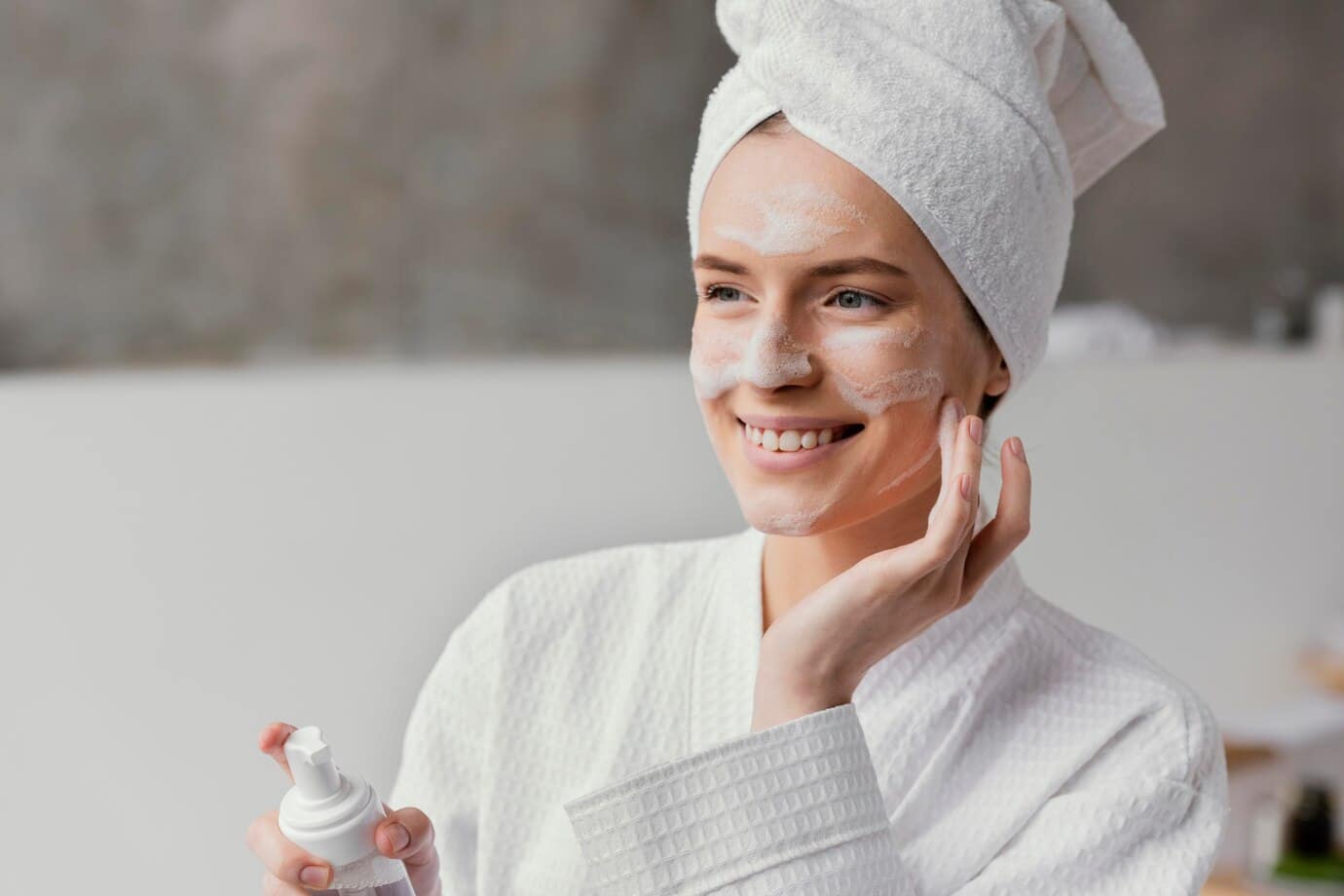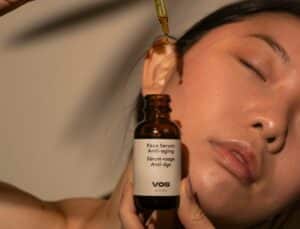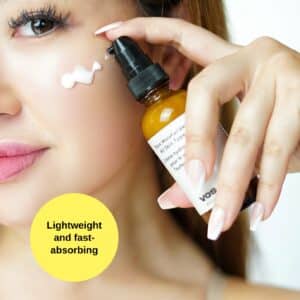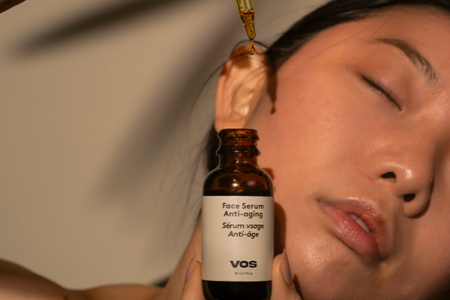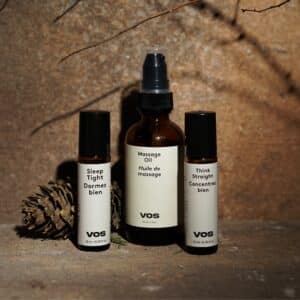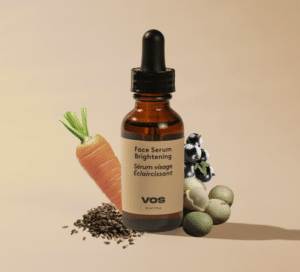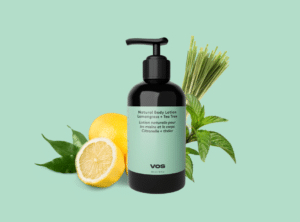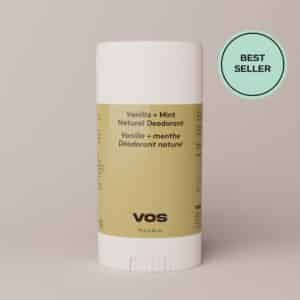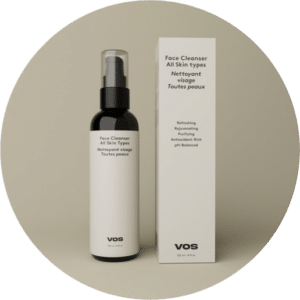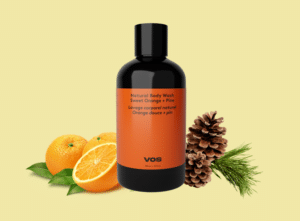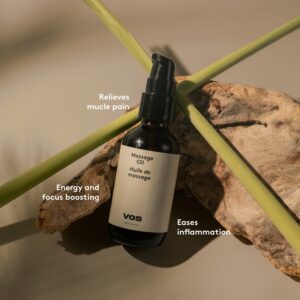A consistent skincare routine starts with one essential step: cleansing. Without a reliable cleanser, other skincare products may not work effectively. Whether your skin is oily, dry, sensitive, or combination, selecting the right face cleanser is a key part of maintaining healthy skin. This guide outlines the best face cleansers for different skin types and concerns, helping you build a routine that works for your skin’s needs.
Why Cleansing Matters in a Skincare Routine
Cleansing removes dirt, oil, makeup, and environmental pollutants from the skin’s surface. Without this step, buildup can clog pores, contribute to breakouts, and leave your skin feeling unbalanced. A well-formulated face cleanser supports the skin’s barrier without stripping it of natural moisture, making it easier for the next steps in your skincare routine—like toners, serums, and moisturizers—to be effective.
Understanding Your Skin Type
Choosing the best face cleanser for your skincare routine depends largely on understanding your skin type. Each skin type benefits from specific ingredients and formulations.
Dry Skin
Dry skin lacks moisture and often feels tight or flaky. Gentle, hydrating cleansers that do not contain alcohol or strong surfactants work best.
Oily Skin
Excess sebum production can cause oily skin to appear shiny and feel greasy. A foaming or gel-based cleanser can help reduce oil without being too drying.
Combination Skin
This skin type has both oily and dry areas, often with an oily T-zone (forehead, nose, and chin) and dry cheeks. A balanced cleanser that removes oil while retaining hydration is ideal.
Sensitive Skin
Sensitive skin may react to fragrances, dyes, and certain preservatives. Look for fragrance-free, hypoallergenic cleansers with minimal ingredients.
Normal Skin
Normal skin feels neither too dry nor too oily. Most gentle cleansers work well for this skin type.
Types of Facial Cleansers
There are various types of face cleansers, and choosing one depends on your skin’s needs and personal preference.
Gel Cleansers
These are lightweight and often formulated for oily or acne-prone skin. They cleanse deeply and help reduce excess oil and impurities.
Cream Cleansers
Cream-based cleansers are thicker and more moisturizing, making them ideal for dry or sensitive skin. They remove dirt without disrupting the skin’s barrier.
Foam Cleansers
Foaming cleansers produce a lather that feels light and refreshing. They are commonly used by individuals with oily or combination skin.
Micellar Water
Micellar water uses micelle molecules to lift dirt and oil from the skin without rinsing. It works well for sensitive skin and light cleansing.
Oil Cleansers
Oil-based cleansers dissolve makeup and excess sebum without disrupting the skin’s moisture levels. They are often used in the first step of a double-cleansing routine.

How to Choose the Best Cleanser for Your Skin
Here are a few steps to help you make a better decision when selecting a cleanser:
Read Ingredient Labels
Avoid cleansers with harsh sulfates or alcohols, especially if your skin is dry or sensitive. Look for soothing agents like aloe vera, glycerin, or ceramides.
Consider Your Environment
If you live in a humid climate, a lightweight or foaming cleanser may be more suitable. In colder climates, cream-based cleansers often help combat dryness.
Think About the Rest of Your Routine
Your cleanser should complement your other skincare products. For example, if you use exfoliants or retinoids, opt for a mild, non-stripping cleanser to avoid irritation.
Building a Balanced Skincare Routine
A well-rounded skincare routine typically includes the following steps:
- Cleanse – Start with a gentle cleanser suited to your skin type.
- Tone (optional) – If you use a toner, choose one without alcohol.
- Treat – Apply targeted treatments like serums or spot treatments.
- Moisturize – Use a moisturizer to lock in hydration.
- Protect – Finish with sunscreen during the day to protect against UV damage.
Cleansing remains the foundational step that allows the rest of your skincare routine to work effectively.
Tips for Proper Cleansing Technique
- Use lukewarm water; hot water can dry out your skin.
- Massage the cleanser into your face gently for at least 30 seconds.
- Rinse thoroughly and pat your face dry with a clean towel.
- Avoid over-cleansing, which can damage the skin barrier.
When to Switch Your Cleanser
You may need to change your cleanser if:
- Your skin feels tight, itchy, or irritated after washing.
- You notice an increase in breakouts or redness.
- Your skin’s condition changes due to weather, diet, or medication.
Switching to a more suitable cleanser can often resolve these issues without needing to overhaul your entire skincare routine.
Final Thoughts
Choosing the best face cleanser for your skincare routine is an essential step toward achieving healthy skin. A good cleanser sets the stage for all other products in your routine. By considering your skin type, environment, and overall skincare goals, you can find a cleanser that works for your needs.
Whether you prefer a simple cleanser or something more targeted, the right product can help you maintain a consistent and effective skincare routine over time
